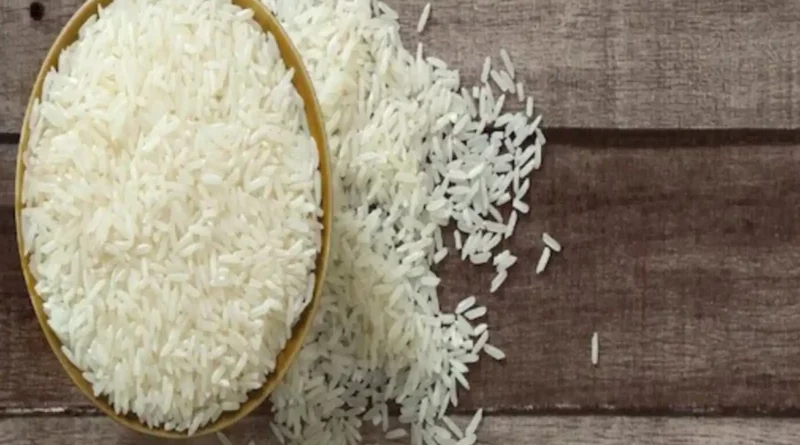Phillippines to remain as top rice importer in 2024.
The Philippines is poised to maintain its status as the top global rice importer in 2024, according to the latest insights from the US Department of Agriculture (USDA).
The US agency’s projections indicate a record increase in rice procurement, with the country expected to import 3.8 million metric tons this year.
The USDA’s Economic Research Service highlights the Philippines outpacing major importers like China, Indonesia, the European Union, Nigeria, and Iraq.
Despite a marginal decline in global rice trade to 52.2 million metric tons from the previous year’s 52.4 million metric tons, the Philippines is likely to boost its rice imports, said the USDA. Its report attributes this trend to export bans imposed by India between 2022 and 2023.
The USDA publication also pointed out that since 2008, the Philippines bought larger volumes of rice as price escalated, and this year, it is waiting for prices to decrease.
Contributing to the global decline in rice imports in 2024 are Brazil, Egypt, Ghana, Indonesia, Kenya, Mozambique, North Korea, Singapore, Tanzania, Togo, and Vietnam.
Conversely, Asian countries—including China, South Korea, Malaysia, and the Philippines—are anticipated to increase their rice purchases, said the USDA report.
Other nations expected to intensify their rice procurement include Afghanistan, Angola, Bangladesh, the Democratic Republic of the Congo, Cuba, Ethiopia, Iran, Liberia, Libya, Madagascar, Mexico, Nepal, Saudi Arabia, Sierra Leone, the United Arab Emirates, the United Kingdom, the United States, and Yemen.
Contradicting the USDA report, Agriculture Undersecretary Roger V. Navarro affirms that the Philippines is poised to maintain an ample rice supply until the impending harvest season in March, attributing this assurance to the influx of incoming rice imports and the bountiful yields from recent farmers’ harvests.
In 2021, the Philippines witnessed a 5.9 percent decrease in rice imports, totaling 3.6 million metric tons compared to the previous year’s 3.8 million metric tons, as reported by the Bureau of Plant Industry. Vietnam emerged as the primary source, contributing 3 million metric tons, while Thailand and Myanmar added 344,514.10 metric tons and 151,183.00 metric tons, respectively.
As of January 11, 2024, the Philippines has already imported 56,090.63 metric tons, primarily from Vietnam, its primary rice supplier in recent years. Responding to the dry spell caused by the El Niño phenomenon, the Department of Agriculture (DA) has plans to import nearly 500,000 metric tons of rice by February to bolster local inventory.
Taiwan has already shipped 20,000 bags of rice (equivalent to 1,000 metric tons) before Christmas, and India is set to provide 75,000 metric tons despite its export ban on non-basmati white rice.
All rice imports in the Philippines are subject to a 35-percent tariff rate until the end of 2024, in accordance with Executive Order No. 50 signed by President Ferdinand Marcos Jr. last month.
This article has been republished from portcalls.com

